8 Longest-Flowering Perennials – For Blooms In Spring, Summer And Fall
Plants with a long flowering season provide continuous color and interest throughout the growing seasons. Discover beautiful perennials known for their extended bloom times.
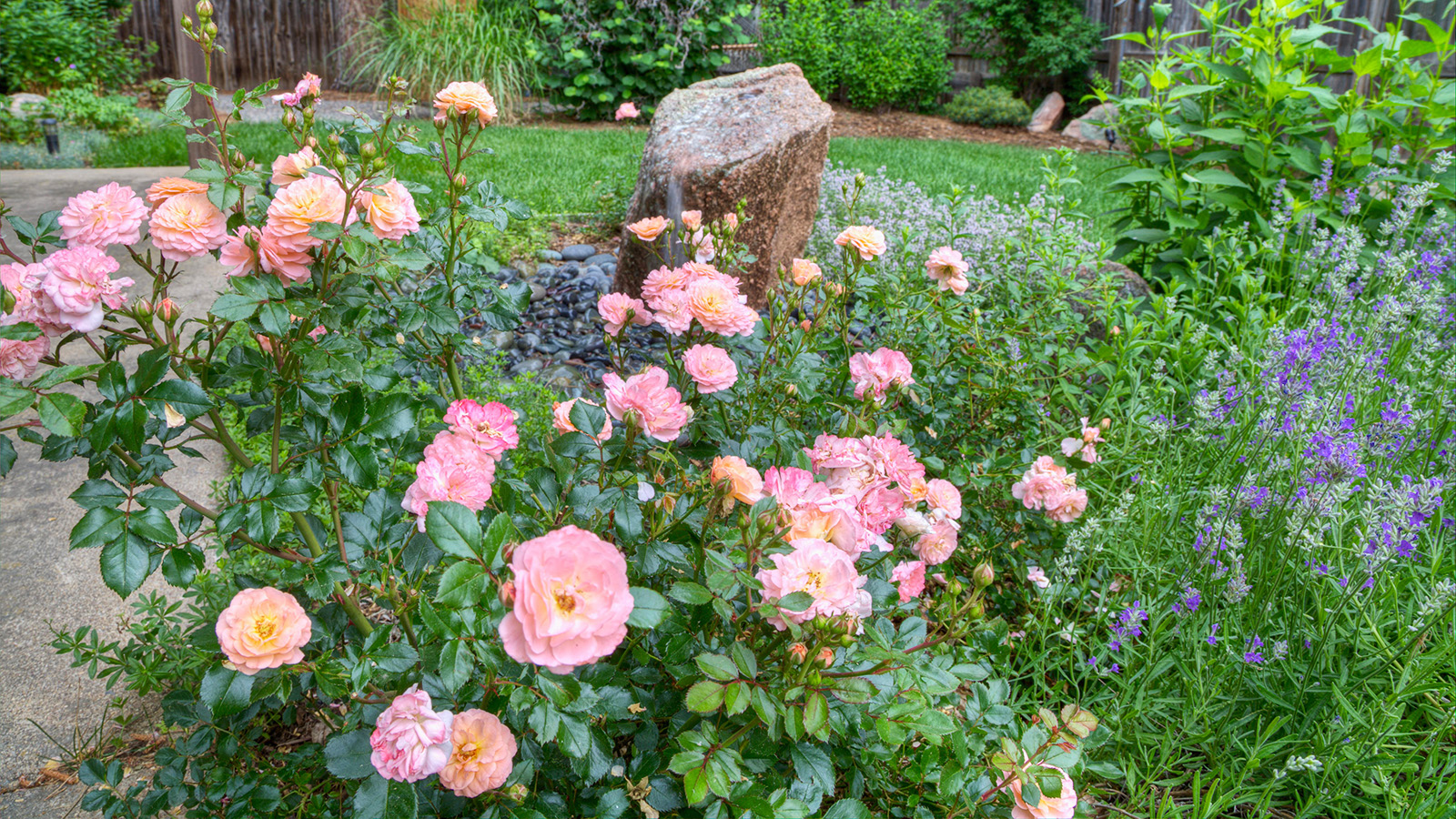

Perennial plants are garden stalwarts but are not often considered the most prolific bloomers. This accolade is usually reserved for pretty annuals, which have a starring role over one growing season before dying off once the frost hits.
There are many gorgeous annual flowers that bloom all summer long, often continuing into the fall. However, the longest-blooming perennials rival their abundant beauty, and prove an excellent investment, returning year after year.
Whether designing different types of flower beds or choosing flowering perennials for pots, these trusty, hardy plants will add maximum impact throughout the growing season, with minimal fuss.
When choosing perennial plants, ensure they are compatible with your USDA hardiness zone and soil type.
1. Salvia
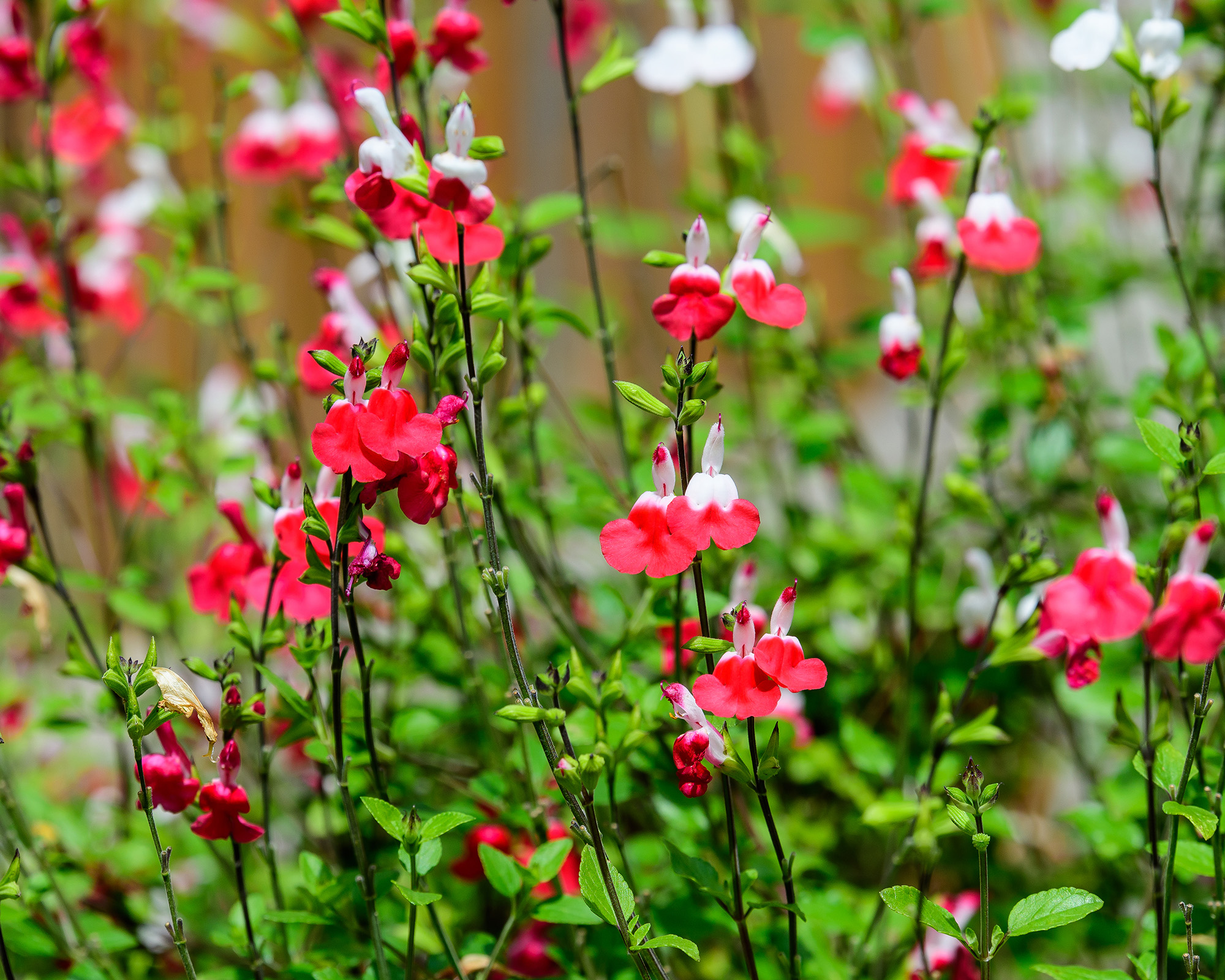
With flower spires in shades of blue, purple, pink, or white, salvia (Salvia spp.) makes a stunning addition to beds and borders, with some types blooming from late spring to fall. They are magnets for pollinators.
There are hundreds of salvia varieties to choose from, but the longest-bloomers include ‘Amistad’, ‘Autumn Sage’, ‘Black and Blue’, ‘Hot Lips’, ‘May Night’, and ‘Victoria Blue’.
Most varieties are low-maintenance, with the drought-tolerant plants requiring minimal watering and fertilization.
Gardening tips, videos, info and more delivered right to your inbox!
Sign up for the Gardening Know How newsletter today and receive a free copy of our e-book "How to Grow Delicious Tomatoes".
Plant salvias in slightly acidic, free-draining soil, where they will receive at least six hours of sunlight each day. They thrive in USDA hardiness zones 5-9.
2. Hardy Geranium
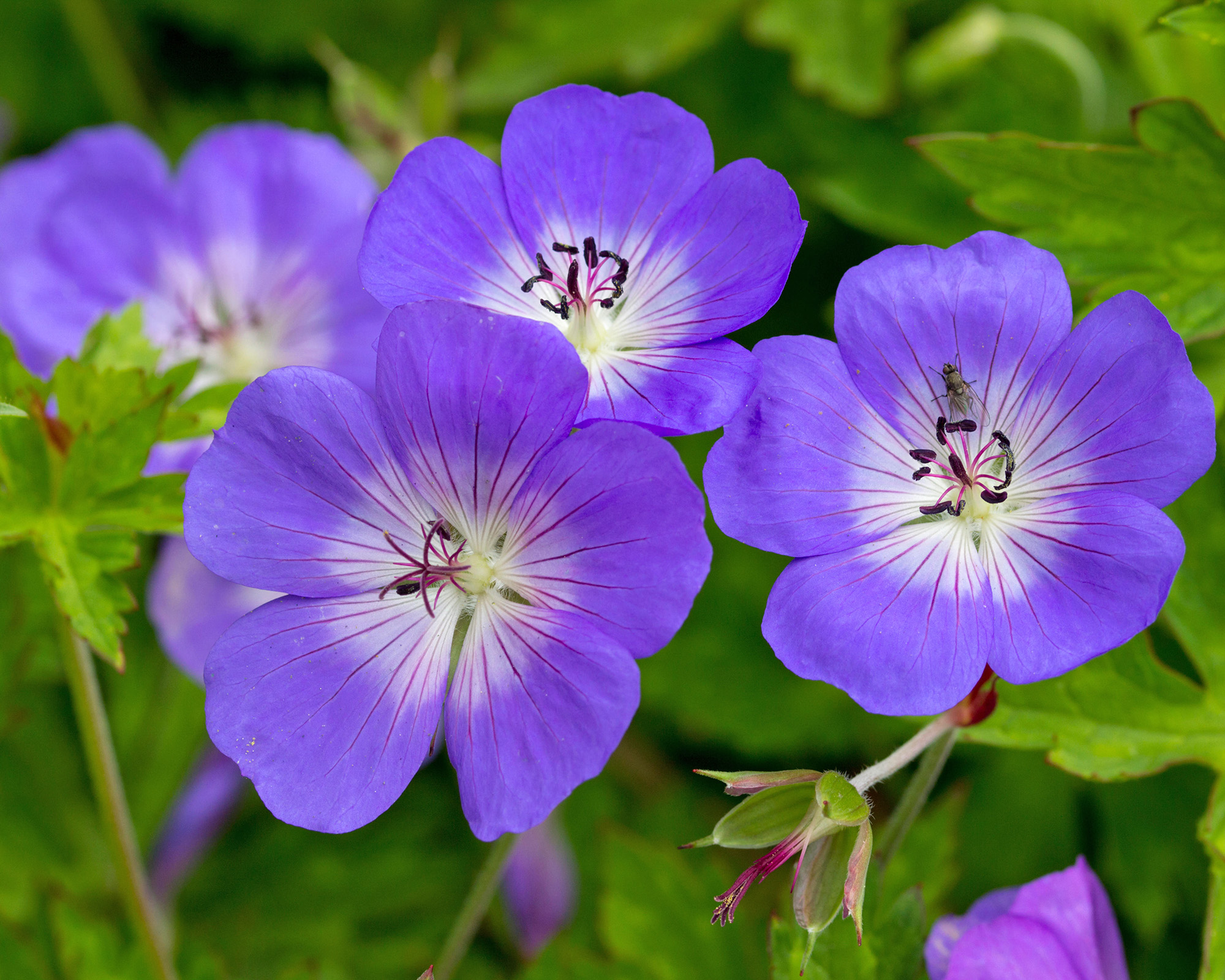
Not to be confused with annual geraniums, which are actually Pelargoniums, hardy geranium (Geranium spp.) – or cranesbill – is an easy-care perennial that comes in shades of pink, blue, purple, and white. It’s attractive to pollinators but is deer-resistant.
Plants bloom from late spring into the fall. The longest-flowering varieties include ‘Ann Folkard’, ‘Elke’, ‘Mavis Simpson’, ‘Orion’, ‘Patricia’, and ‘Rozanne’. There are options for USDA hardiness zones 3-9, in full sun to full shade.
Hardy geraniums need regular watering after planting but are drought-tolerant once established. Plant in fertile soil and occasionally remove spent blooms for best performance.
3. Coreopsis

Coreopsis – or tickseed – produces delightful daisy-like flowers that appear between late spring and early summer, and go on into the fall. Blooms come in joyful shades of bright yellow, pink, or red.
A North American native, coreopsis is drought tolerant, attractive to pollinators, and thrives in a variety of soil types, as long as it is well-draining. Plant in full sun.
Maintenance is minimal, with only occasional watering and no fertilizing.
Coreopsis is hardy in USDA zones 4-9.

Want to learn techniques to improve your garden’s climate “score” AND create a beautiful regenerative oasis in your backyard?
4. Catmint

Catmint – or nepeta – is an aromatic herb that makes a fabulous addition to the garden, with lavender-blue flowers appearing from late spring to early fall.
Less attractive to our feline friends than its cousin catnip, catmint is a magnet for bees and butterflies. It’s easy to grow and ideal for edging borders or as a companion plant on the vegetable plot to deter pests.
Plants are drought-tolerant once established but require deadheading to promote constant blooms. Grow in sun or partial shade with average, well-draining soil.
Catmint is hardy in USDA zones 3-8.
5. Coral Bells
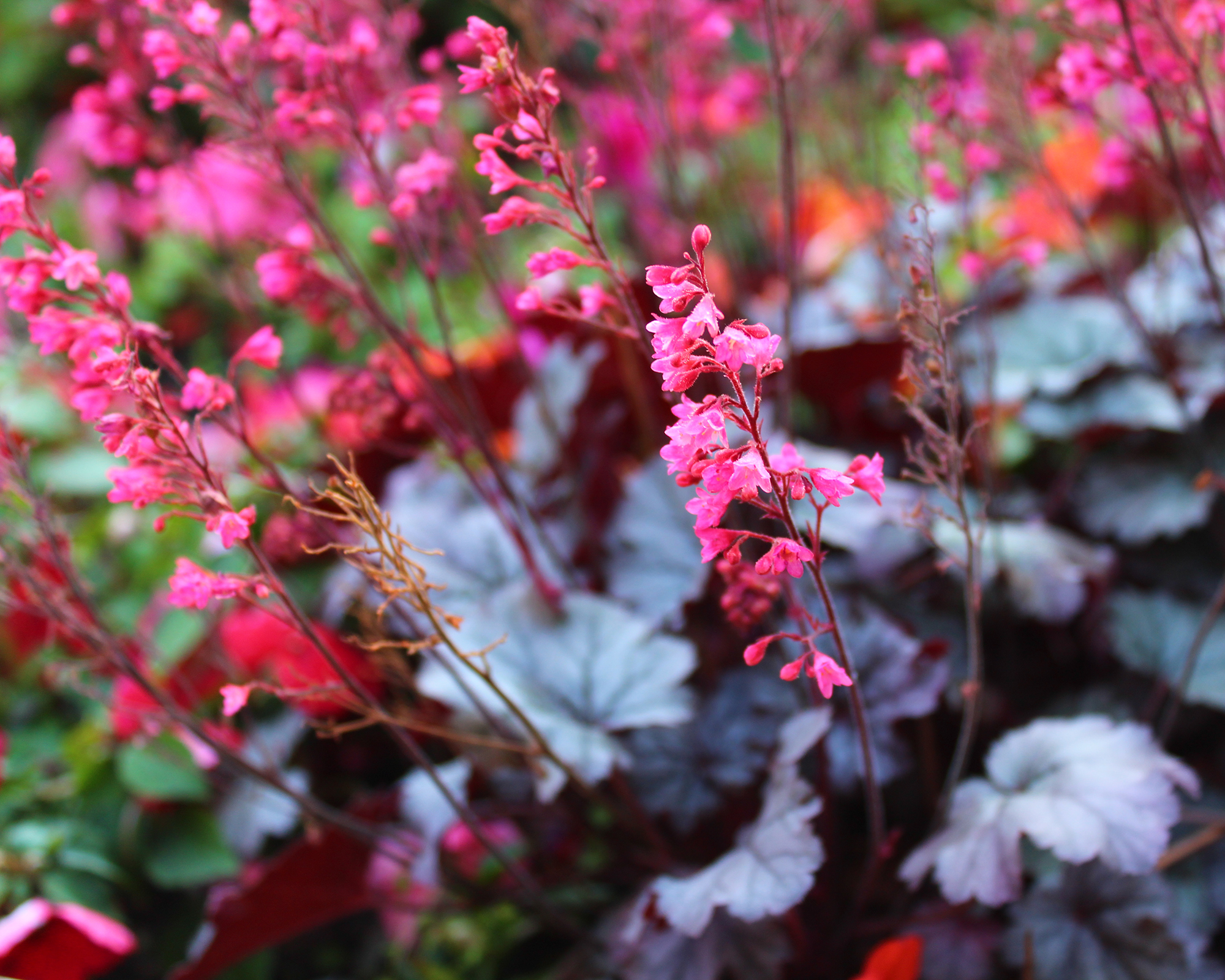
Though primarily grown for their stunning foliage, coral bells – or heuchera – also produce gorgeous tall spikes of colorful flowers, which appear from late spring to summer, with some varieties blooming until the first frost.
The longest-flowering varieties include ‘Berry Timeless’, ‘Coral Forest’, ‘Firefly’, ‘Paris’, ‘Peppermint Spice’, ‘Red Lighting’, ‘Ruby Bells’, and ‘Southern Comfort’.
Plants thrive in partial to full shade in well-draining soil. Remove spent flowers to encourage constant blooming, and prune in spring.
Coral bells are hardy in USDA zones 4-9, though some varieties are suitable for zone 3.
6. Dianthus
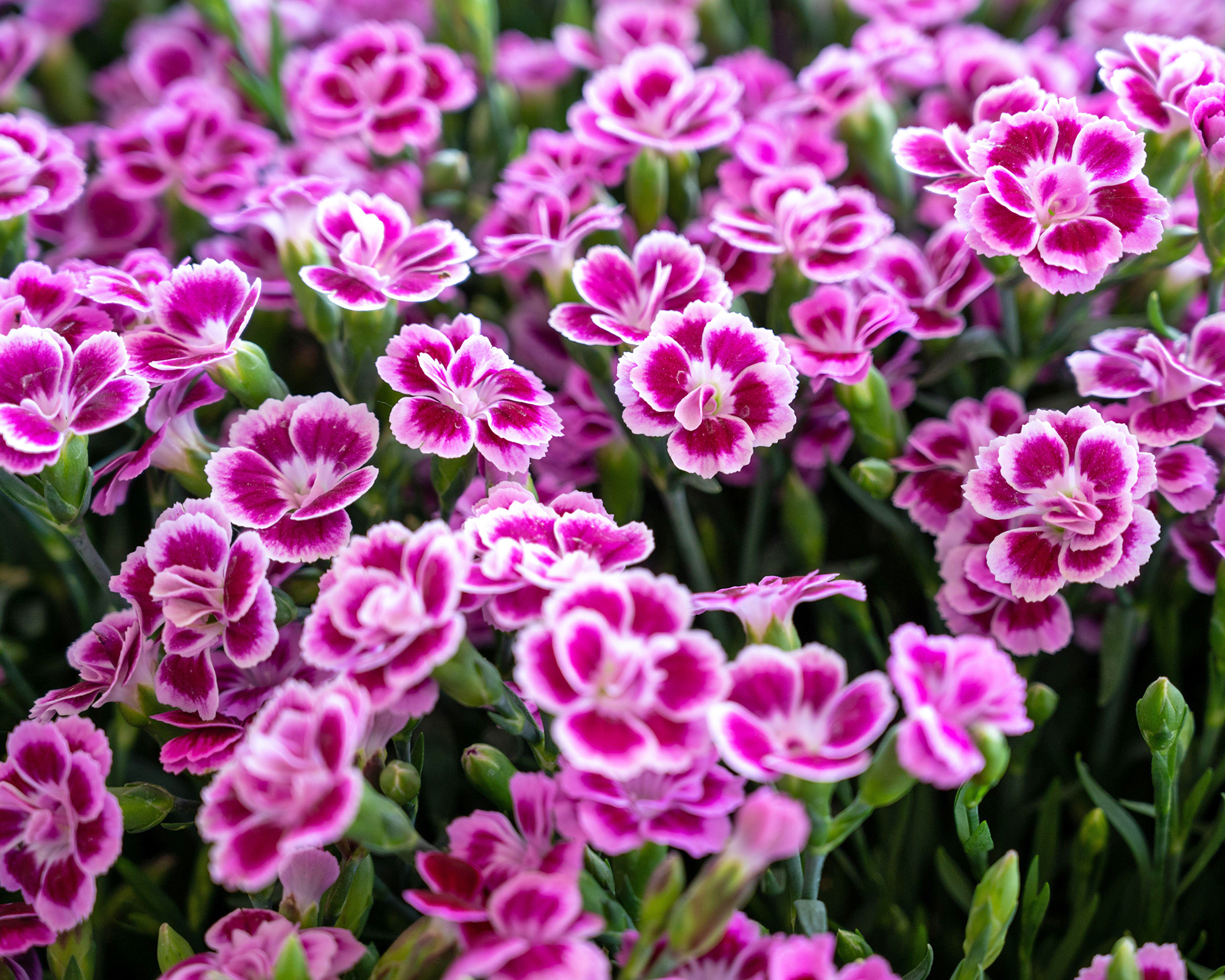
Widely known as pinks, dianthus are beautiful flowers found in shades of pink, salmon, red, and white, and have a spicy fragrance similar to cinnamon and cloves.
They make a wonderful addition to flower borders or containers, and larger varieties, such as the carnation, make long-lasting cut flowers. Many varieties bloom from May to October, but deadheading spent flowers will prolong the flowering period.
Dianthus thrive in rich, neutral soil on the alkaline side, in full sun or partial shade. Fertilize in spring and water regularly.
You can grow dianthus in USDA hardiness zones 4-9, with some varieties suitable for zones 3 or 10.
7. Blanket Flowers

Blanket flowers – or gaillardia – are available in annual or short-lived perennial varieties, featuring daisy-like flowers loved by butterflies, in shades of red, yellow, and orange.
Some perennial types have a gloriously long bloom time of early summer to fall – such as ‘Arizona Sun’, ‘Burgundy’, ‘Fanfare’, ‘Goblin’, and ‘Sunset Poppy’ – while ‘Mesa Yellow’ flowers from late spring to fall.
Blanket flowers are easy to grow from seed and thrive in well-draining soil in a full-sun location. The plants are drought-tolerant, only requiring occasional watering once established.
A hardy, heat-loving species, the blanket flower ideally grows in USDA hardiness zones 5-10, but can usually tolerate zone 11, and down to zone 3.
8. Knock Out Roses
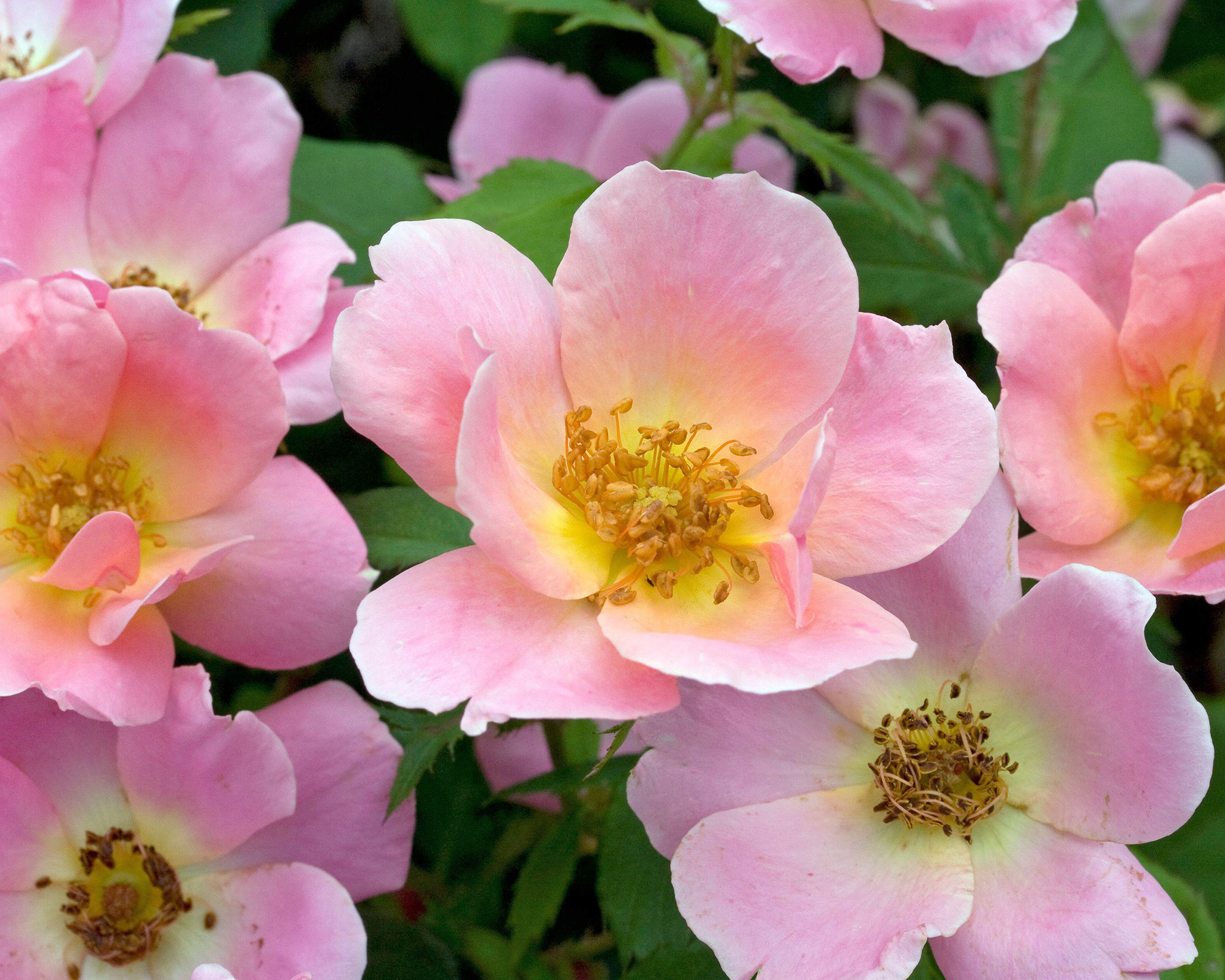
While roses are traditionally thought of as a summer staple, Knock Out roses have been bred to have an exceptionally long bloom time – repeat-blooming from spring to frost, with no need to deadhead.
The roses prefer a balanced "neutral" soil, and can be grown in beds or large containers. Position them to receive 6-8 hours of full sun every day.
Care involves an annual prune in late winter to early spring, and fertilizing after the first wave of flowering.
There are Knock Out rose options for USDA hardiness zones 4-11.

Melanie is an experienced gardener and has worked in homes and gardens media for over 20 years. She previously served as Editor on Period Living magazine, and worked for Homes & Gardens, Gardening Etc, Real Homes, and Homebuilding & Renovating. Melanie has spent the last few years transforming her own garden, which is constantly evolving as a work in progress. She is also a passionate organic home grower, having experimented with almost every type of vegetable at some point. In her home, Melanie tends to an extensive houseplant collection and is particularly fond of orchids.
-
 Looking For Plants To Give You The Soft And Fuzzies? Try These 5 Fuzzy Leaf Plant Options
Looking For Plants To Give You The Soft And Fuzzies? Try These 5 Fuzzy Leaf Plant OptionsLovers of texture, drama, silver foliage and tactile plants will adore these special sensory garden additions. These fuzzy leaf plant options will leave you all aglow
By Susan Albert
-
 Get Ready For A Summer Of Hummers! Grow These Full Sun Hummingbird Plants and Flowers
Get Ready For A Summer Of Hummers! Grow These Full Sun Hummingbird Plants and FlowersIf you’re lucky enough to enjoy a sunny backyard, make sure you are maxing out on your pollinator opportunities and grow these full sun hummingbird plants and flowers
By Tonya Barnett
-
 Spectacular Early Blooming Shrubs: 6 Sparkling Spring Flowering Bushes
Spectacular Early Blooming Shrubs: 6 Sparkling Spring Flowering BushesWant to kickstart your gardening year with dazzling spring flowering bushes for beds and borders? These unique early bloomers are sure to help you rise and shine!
By Teo Spengler
-
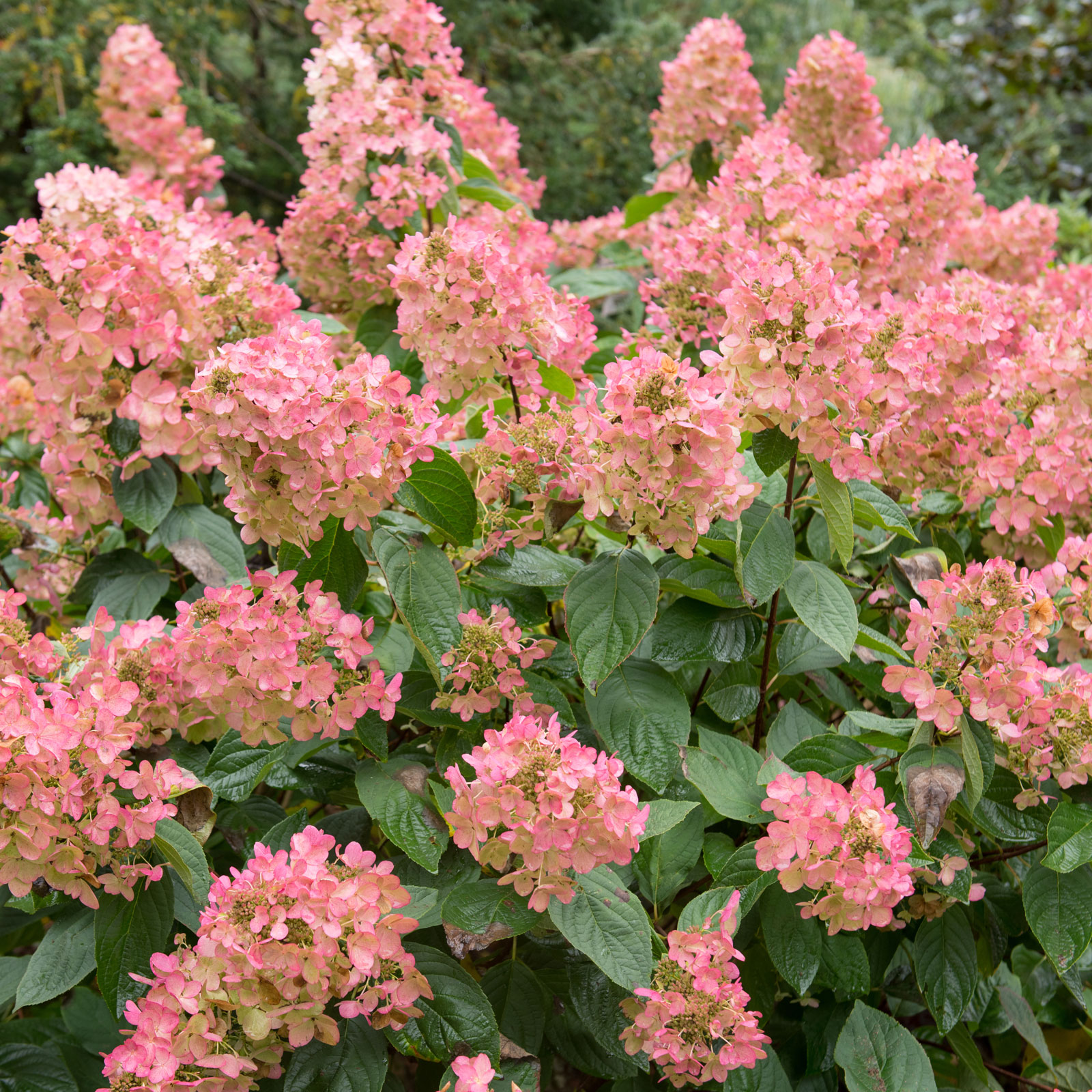 Quick Fire Hydrangea – The Elegant, Easy-Care Shrub Every Gardener Needs In Their Landscape
Quick Fire Hydrangea – The Elegant, Easy-Care Shrub Every Gardener Needs In Their LandscapeIf you’re after an early flowering panicle hydrangea that offers plenty of floral variety, the Quick Fire hydrangea goes big on visual dynamics from early summer to fall
By Tonya Barnett
-
 Grow Great Blue Lobelia: Native Blue Cardinal Flowers For Butterflies And Hummingbirds
Grow Great Blue Lobelia: Native Blue Cardinal Flowers For Butterflies And HummingbirdsIf you’re keen to enhance your native plants or attract more pollinators, blue cardinal flowers are an essential flowering perennial. Here’s how to grow great blue lobelia
By Tonya Barnett
-
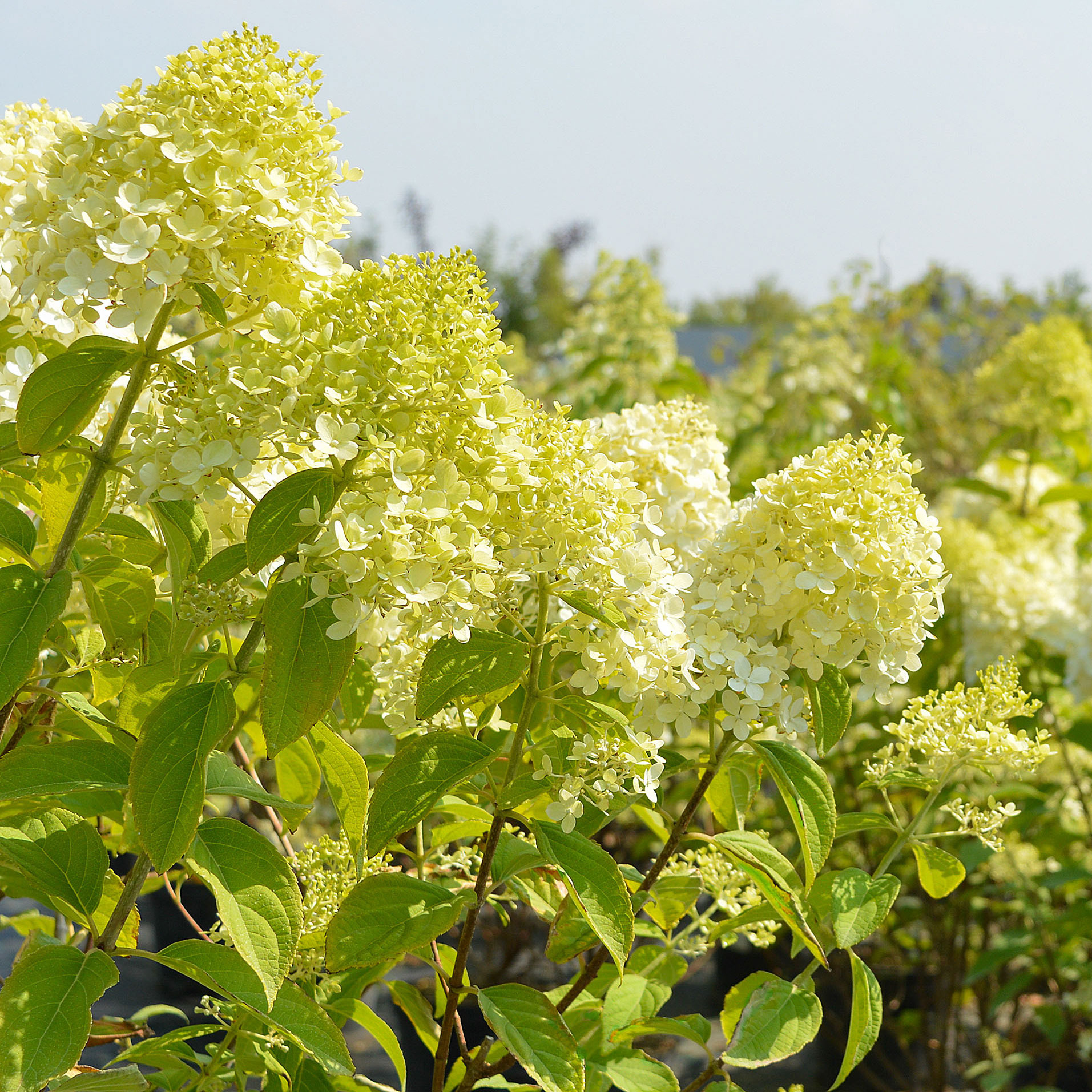 Grow Limelight Hydrangea Shrubs For Green Themed Displays And Brilliant Borders
Grow Limelight Hydrangea Shrubs For Green Themed Displays And Brilliant BordersIf you're a panicle hydrangea lover in search of flamboyant, long-lasting florals, knowing how to grow Limelight hydrangea shrubs will ensure gorgeous green blooms
By Mary Ellen Ellis
-
 Growing Spotted Bee Balm: Find Out How To Grow Horsemint For Your Pollinator Garden
Growing Spotted Bee Balm: Find Out How To Grow Horsemint For Your Pollinator GardenFor anyone looking to cultivate native flowering plants that attract pollinators, spotted bee balm is a must! We show you how to grow horsemint for friendly garden visitors
By Tonya Barnett
-
 Tiny Trees For The Holidays: 6 Real Mini Christmas Tree Varieties For Festive Cheer
Tiny Trees For The Holidays: 6 Real Mini Christmas Tree Varieties For Festive CheerThe best things come in small packages, so they say, and when it comes to spreading holiday cheer, you’ll love these real mini Christmas tree plant types
By Bonnie L. Grant
-
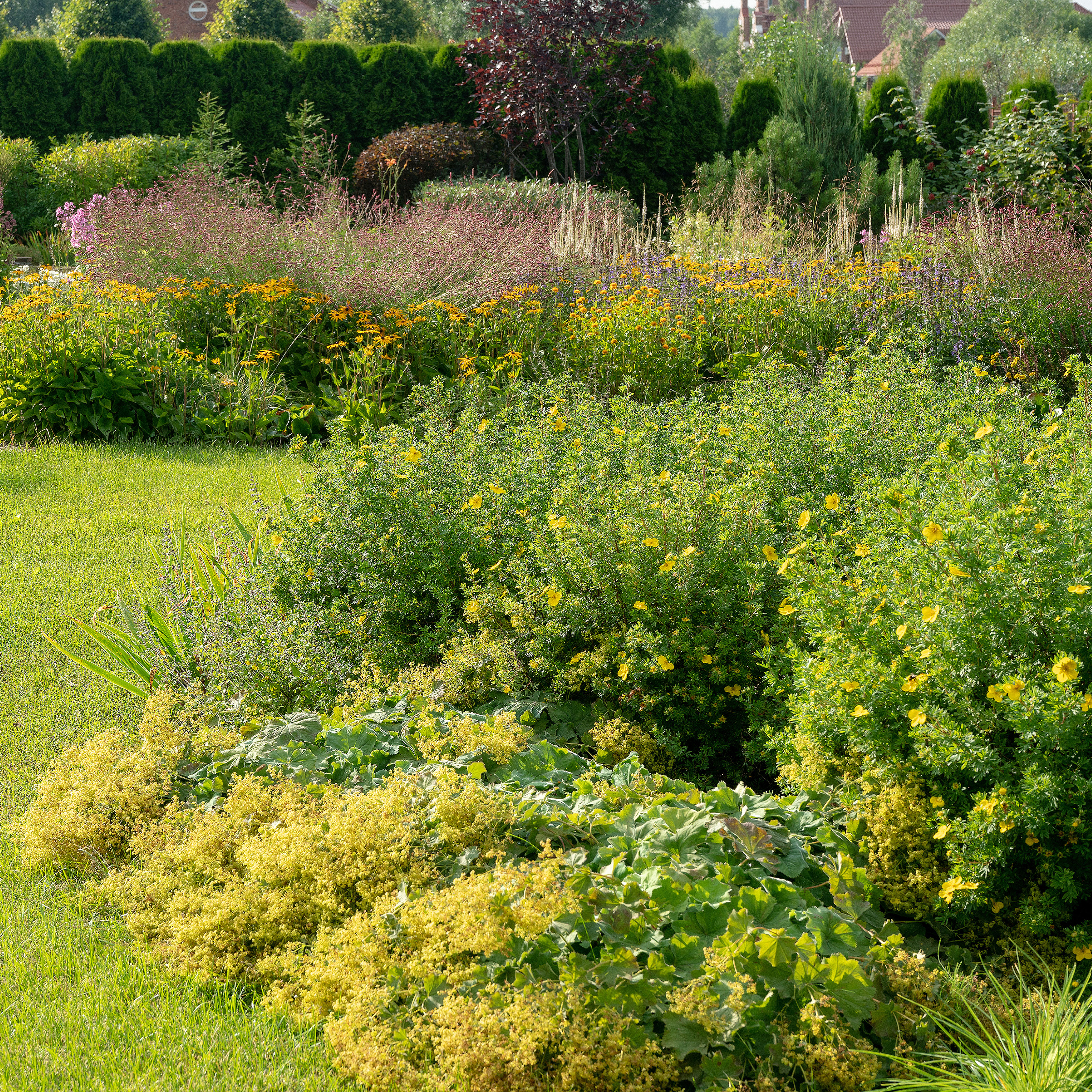 Unique Native Shrubs: 7 Natural Winners Every Gardener Should Add To The Landscape
Unique Native Shrubs: 7 Natural Winners Every Gardener Should Add To The LandscapeWhile we know shrubs to be amongst the most reliable plants in our yards, some are naturally more resilient. These gorgeous native shrubs are sure to thrive in your plot
By Teo Spengler
-
 Time To Transplant Peonies: Why Fall Is The Best Time To Move Peonies, And How To Do It Right
Time To Transplant Peonies: Why Fall Is The Best Time To Move Peonies, And How To Do It RightIf you want the healthiest peonies, replanting is a great way to boost longevity. Here’s why fall is the best time to move peonies, and how to transplant them correctly.
By Tonya Barnett